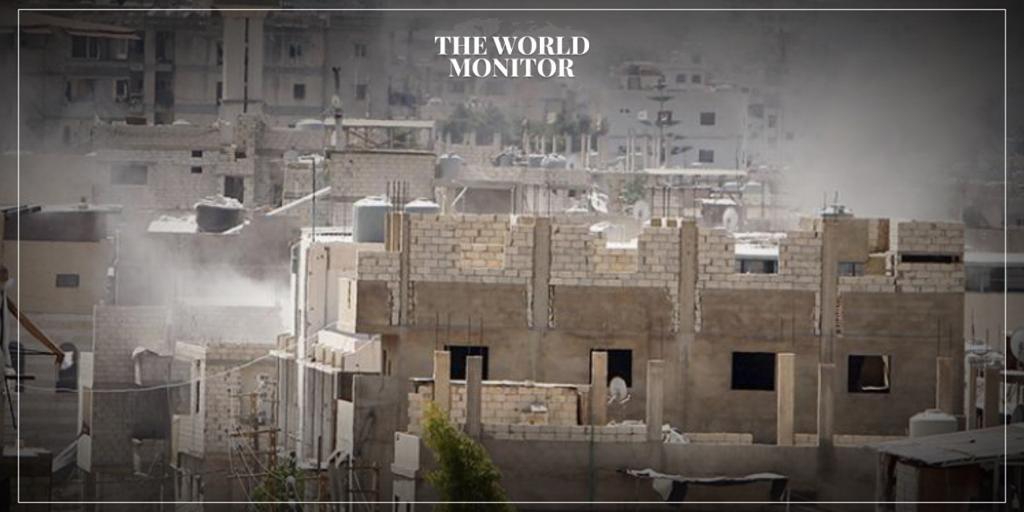Lebanon’s Ain al-Hilweh refugee camp has witnessed heavy clashes persisting for seven consecutive days, resulting in a significant casualty toll, with reports indicating at least 18 individuals killed and over 100 injured.
Described by local sources as the most intense bout of violence in the camp, the clashes continued into Thursday despite numerous attempts by Lebanese and Palestinian officials to negotiate a ceasefire.
Lebanon’s National News Agency (NNA) reported that high-level contacts and meetings aimed at stabilizing a ceasefire had failed to yield positive results.
Reports from the region indicated the use of flares for the first time in the camp’s airspace, alongside new artillery and rocket shells, which ignited fires within homes in the conflict zone.
The violence has forced thousands of Palestinian refugees and Lebanese citizens living in proximity to the camp, situated in the southern city of Saida, to flee their homes.
Fatah spokesman Youssef al-Zarii acknowledged that their positions were attacked by what he referred to as “terrorist forces,” prompting their members to respond in kind.
However, social media groups aligned with Sunni extremist factions in the camp placed blame on Fatah for the renewed violence. This accusation was denied by the West Bank’s ruling party, which stated that “zero hour has not yet been determined” in a response to the claims.
The violence in Ain al-Hilweh reignited on September 7, following a month of relative calm, and involved clashes between Fatah militants and fighters associated with radical Sunni armed groups like Jund al-Sham and Fatah al-Islam.
Sources within Fatah revealed that “all Islamists are now fighting us openly, not just the remnants of Fatah al-Islam and Jund al-Sham.” This includes fighters affiliated with Al-Qaeda, ISIS, and the former Nusra Front.
The ongoing violence in Ain al-Hilweh has resulted in a total of at least 28 casualties across two rounds of fighting since late July, highlighting the precarious security situation in the camp and the complexities of the various armed factions involved.






